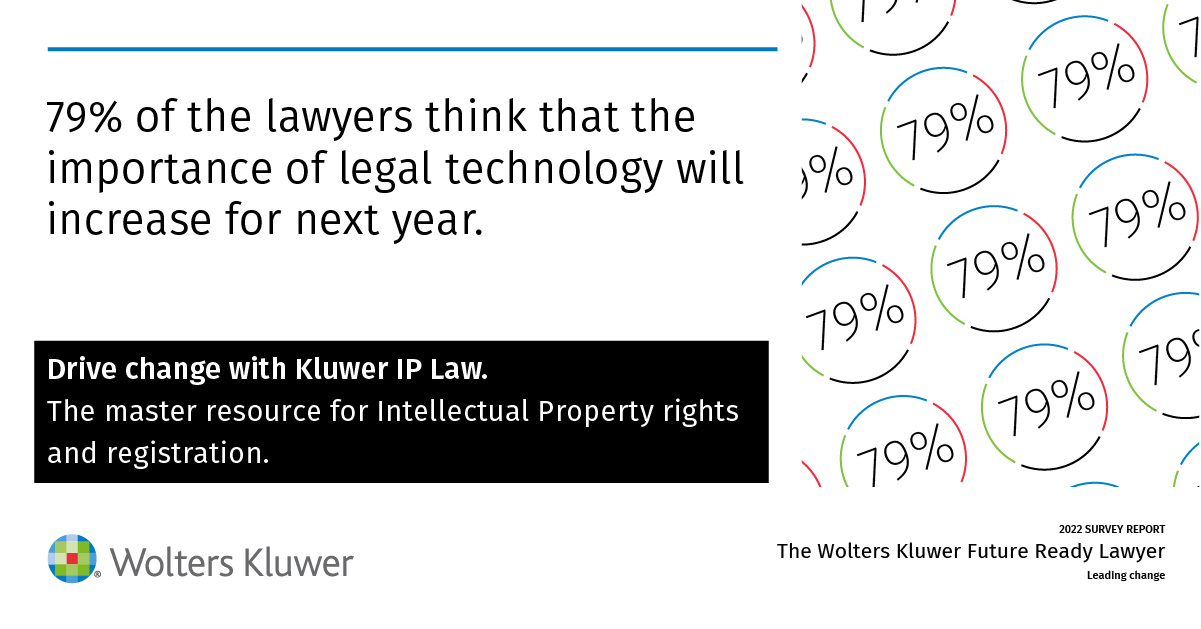 As previously noted, on 18 June 2020 Hungary became the second Member State of the European Union to – partially – implement Directive 2019/790 on Copyright in the Digital Single Market (CDSM Directive).
As previously noted, on 18 June 2020 Hungary became the second Member State of the European Union to – partially – implement Directive 2019/790 on Copyright in the Digital Single Market (CDSM Directive).
Under ordinary circumstances, the implementation of Art 5 of the CDSM Directive in Hungary would have been carried out along with the remaining provisions of the directive somewhere around autumn or winter of 2020, giving enough time for stakeholders to prepare for the reformed and modernized copyright system when it comes into force around early summer of 2021. But the circumstances were hardly ordinary and the Hungarian legislator chose to fast-track the implementation of Art 5. This post aims to provide a detailed background on the reasons for this choice.
In spring of 2020, the COVID pandemic reached Europe, and every country had to apply safety measures to prevent or at least slow down the spread of the disease. On 16 March 2020, the Hungarian education system shifted to a ‘digital working order’, meaning that schools and universities had to widely apply (among other methods) digital tools and applications to reach as many students as possible. Without question, this raised issues regarding the use of copyright protected materials.
The Ministry of Justice of Hungary – in very close cooperation with the Hungarian Intellectual Property Office – had fortunately had a serious head start on the implementation: the first draft of the implementation had been elaborated in late summer of 2019. After this, the Ministry of Justice reached out to more than 150 stakeholders with discussion papers that served as a basis for six public workshop meetings in November and December of 2019, regarding the most important provisions of the CDSM Directive. Based on these public consultations, a revised draft was already available in early 2020.
When the pandemic reached Europe, it was clear that there was a need for extraordinary measures to be taken in a lot of areas of the legal system. The Hungarian Government declared a special legal order (State of Danger) that addressed the necessity of reacting as fast as possible to the challenges that arose from the situation. A State of Danger – as it is stated in Art 53 of the Fundamental Law of Hungary – can be declared by the Government in the event of a natural or industrial disaster endangering lives and property, or in order to mitigate the consequences thereof. During this period, the Government may issue decrees empowering it to suspend the application of certain laws or derogate from provisions of laws, and to take other extraordinary measures. These decrees remain in force for fifteen days, unless the Government, on the basis of authorization by the National Assembly, extends them.
This authorization provided a basis for Governmental Decree 125/2020 (16 April) on the Special Application of Free Uses for Educational Purposes of Act LXXVI of 1999 on Copyright Related to the State of Danger (hereinafter mentioned as Governmental Decree 125/2020).
But why was Governmental Decree 125/2020 necessary in the first place? To understand this, it should be highlighted that the Hungarian Copyright Act (HCA), while fully complying with the European Union’s acquis – including the implementation of the optional exception for the purposes of illustration for teaching or scientific research in Art 5(3)(a) of the InfoSoc Directive – and providing an exception for digital uses for the purposes of classroom education, did not provide an appropriate exception for the communication to the public of works for educational purposes, which was essential to provide an appropriate legal framework for the ‘digital working order’.
This issue was identified by the Ministry of Justice from the very beginning of the drafting of the CDSM Directive. But as digital education in classrooms was fully covered by the available exceptions, and distance learning was not the primary way of education, the widening of the exceptions was intended to be addressed with the implementation of the new Directive.
However, the pandemic and the distance learning system made it necessary to take swift measures regarding the free use of copyright protected materials for educational purposes. The fastest and most logical way to achieve this goal was to implement Art 5 of the CDSM Directive, based on the drafts that were available from 2019.
Governmental Decree 125/2020 served this purpose. The Ministry of Justice – to the extent it considered that the situation allowed – reached out to various civil rights organizations during the drafting of the governmental decree, seeking input on the proposed provisions. The objective was to provide, even in the haste of enacting this special form of legislation, sufficient space for transparency and external professional feedback..
Altogether, five regulations within Governmental Decree 125/2020 should be highlighted. The first gave the definition necessary for the new educational free use framework, while the others provided for an adjusted application of the HCA’s exceptions for educational purposes, while the decree remains in force.
First, in accordance with Art 5(1)a of the CDSM Directive, Art 2 of Governmental Decree 125/2020 provided a definition of the concept of “secure electronic environments”. Second, Art 3 extended the HCA’s main provision on exceptions to copyright for educational purposes – Art 34(3) – to cover the right of communication to the public, complying with Art 5(1) of the CDSM Directive. Third, Art 4 implemented Art 5(3) of the CDSM Directive, which states that exceptions to copyright for educational purposes under Art 34(3)b shall be deemed to occur solely in the Member State where the educational establishment is established. Fourth, Art 5 modified Art 34(4) of the HCA, which provides for an exception for the purpose of adapting works for educational purposes. Lastly, Art 35(5) of the HCA – free use of books, news and articles for the purposes of educational illustration – was also extended by Art 6 of the Governmental Decree to cover the right of communication to the public.
The special legal order ended on 18 June 2020. The provisions of Governmental Decree 125/2020 were transposed into the HCA with Act LVIII of 2020 on Transitional Rules related to the Termination of State of Danger and on Epidemiological Preparedness, and thus the implementation of Art 5 of the CDSM Directive became final.
Following the public workshops in 2019, the Ministry of Justice and the Hungarian Intellectual Property Office revised its draft of the full implementation of the CDSM Directive, and initiated a second public consultation. The draft was made publicly available online and directly sent to more than 150 stakeholders. It included the proposed and later codified provisions introducing exceptions for digital educational purposes. Although the implementation of Art 5 of the CDSM Directive has now finished, the feedback from stakeholders will be taken into account during the full implementation of the directive, and if it proves necessary, the Ministry of Justice will be fully open to modifying the current provisions on exceptions to copyright for educational purposes (it should be noted that there has been feedback suggesting that Art 5(2) and 5(4) of the CDSM Directive, which are optional for the Member States, be implemented.
David Ujhelyi is Lecturer at Pazmany Peter Catholic University (Budapest) and Head of Department, Ministry of Justice of Hungary, Department of Competition Law, Consumer Protection and IP Law.
_____________________________
To make sure you do not miss out on regular updates from the Kluwer Copyright Blog, please subscribe here.
Kluwer IP Law
The 2022 Future Ready Lawyer survey showed that 79% of lawyers think that the importance of legal technology will increase for next year. With Kluwer IP Law you can navigate the increasingly global practice of IP law with specialized, local and cross-border information and tools from every preferred location. Are you, as an IP professional, ready for the future?
Learn how Kluwer IP Law can support you.


